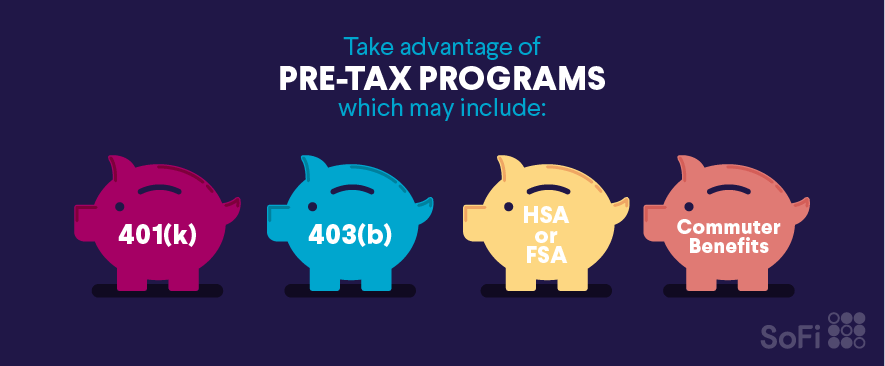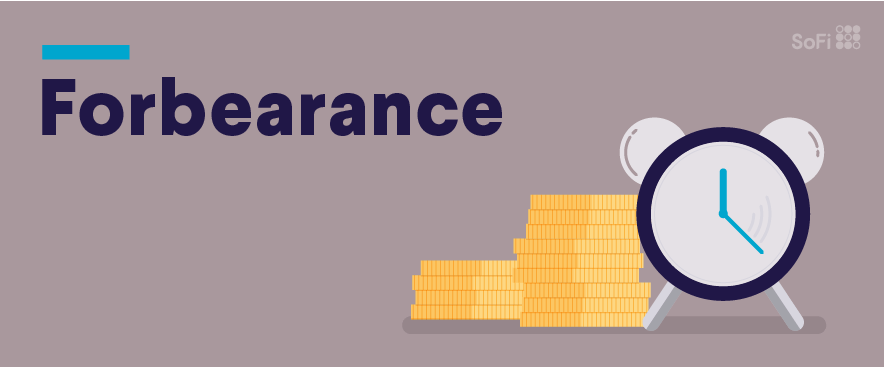How to Start Paying off Your Loans on an Entry-Level Salary
Congratulations! Not only have you graduated college, but you’re also starting your first job. It’s an exciting time, and a great opportunity to use what you learned in college and apply it to life on your own: how to manage your time, how to meet and engage with different types of people, and, of course, all the knowledge you picked up in class. However, something else many students pick up in college is student loan debt.
According to Forbes , student loan debt is quickly catching up with mortgage debt.
In fact, student debt now ranks as the second-highest consumer debt category in the United States. CNBC reported that in 2018, the average student loan debt upon graduation was $37,172, which marks a $20,000 increase from 2005.
And it’s not just a few people graduating with debt—an estimated 70% of all college students will graduate owing money to somebody else.
In fact, Americans collectively hold $1.5 trillion in student debt. That’s a lot of money, especially when you take into account how little entry-level salaries can pay these days, even for college graduates.
According to the National Center for Education Statistics , the most popular undergraduate degree in America is a business-related degree. It’s undoubtedly a versatile academic path and business majors have the ability to work in a number of fields, but it’s a degree that comes with an average entry-level job salary of just $62,000 a year, according to PayScale .
Trying to balance an entry-level paycheck with rent, food, bills, and massive student loans can be overwhelming, but it’s not impossible. Delaying loan payments isn’t necessary; here’s how you can start paying off your student loans on just an entry-level salary.
Creating a Budget That Includes Paying off Debt
Upon graduation and starting your new job, it’s key to create a budget that’s comfortable for you. This can include setting aside money to grow both an emergency fund and a retirement fund.
To create a budget, gather all of your financial documents, including your post-tax income statements. You’ll also need to compile all your monthly bills, such as rent, utilities, food, entertainment expenses, insurance, the minimum requirement on your student loan repayments, and anything else you spend money on each month.
Tally up your expenses, and see how much you have left over after putting your after-tax income toward your bills. If you have money left over, consider stashing some away in an emergency fund and some in a retirement account—any amount can help. (Note: Retirement may seem far away, but if you start early you could see serious returns in your golden years.
As NerdWallet calculated, assuming a 7% interest rate, if you start saving $200 a month when you turn 25, you could have about $528,000 by the time you turn 65.)
Consider a Job Eligible for Public Service Loan Forgiveness
If you’re willing to work in the public sector and are open to relocating, several states have programs that may forgive part or all of your student loans. These programs are often geared toward students who recently completed grad school.
So a forgiveness program like this might be a fit for post-grads earning an entry-level salary. For example, if qualified health care professionals agree to work in areas of Alaska experiencing a provider shortage, the state may pay off up to $35,000 of those graduates’ loans.
California offers a similar deal for health care workers, offering repayment assistance up to $50,000 for a two-year commitment to working full time in high-need areas.
In North Dakota , qualified veterinarians can see up to $80,000 of their student loans repaid by the state if they are willing to live and work there for four years.
On the federal level, teachers may be able to take advantage of the Teacher Loan Forgiveness Program in all states. To qualify, the teacher must teach full time for five consecutive academic years in a low-income school or educational service agency.
Consider an Income-Based Repayment (IBR) Plan
The government is willing to help those who cannot afford their current federal student loan payments with programs including IBR, Income-Contingent Repayment (ICR), Pay As You Earn (PAYE), and Revised Pay As You Earn (REPAYE).
What all of these essentially do is rejigger your repayments to an amount you can afford each and every month. NerdWallet explains that the right IBR plan could reduce your payments to as little as 10% of your discretionary income each month. So, if you took out a loan after 2014 and are currently paying more than 10% of your discretionary income on a student loan, the IBR plan may be an excellent option for you.
Think about a Side Hustle
Sometimes, an entry-level salary isn’t enough to make a dent on your student loan balance. For those feeling particularly underwater with student loan repayments, getting a side hustle may be the answer, but not all side gigs are created equal. To help subsidize your entry-level job salary, look for a gig you’ll actually find fulfilling. This could involve using pre-existing skills, such as freelance photography, copy editing, or consulting.
It could also just be something you enjoy doing and is easy to get involved in, such as driving for a ride-sharing company or completing tasks for people via a site like TaskRabbit. Whatever it is, try to make it fun or useful for your future career goals so it feels less like work.
Look into Refinancing Your Student Loans
If you’re unhappy with your current student loan rates, you may find relief through student loan refinancing.
By refinancing, you could make your student loan debt more manageable and potentially become debt-free sooner. (Don’t forget that refinancing with a private lender means you’re no longer eligible for the federal programs we mentioned above—like PAYE, REPAYE, loan forgiveness, and income-based repayment plans.)
You can start by checking out SoFi’s student loan refinancing options and see if there’s a better interest rate out there for you. You might be able to lower your payments or shorten your term.
Notice: SoFi refinance loans are private loans and do not have the same repayment options that the federal loan program offers such as Income Based Repayment or Income Contingent Repayment or PAYE. SoFi always recommends that you consult a qualified financial advisor to discuss what is best for your unique situation.
No brands or products mentioned are affiliated with SoFi, nor do they endorse or sponsor this article. Third party trademarks referenced herein are property of their respective owners.
The savings and experiences mentioned herein may not be representative of the experiences of all members. Savings are not guaranteed and will vary based on your unique situation and other factors.
SoFi does not render tax or legal advice. Individual circumstances are unique and we recommend that you consult with a qualified tax advisor for your specific needs.
The information and analysis provided through hyperlinks to third party websites, while believed to be accurate, cannot be guaranteed by SoFi. Links are provided for informational purposes and should not be viewed as an endorsement.
SLR18197









